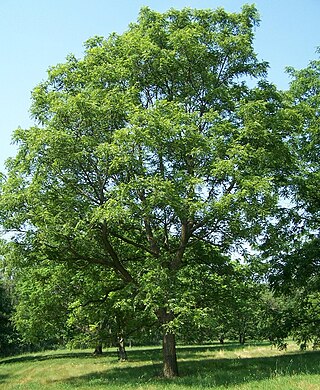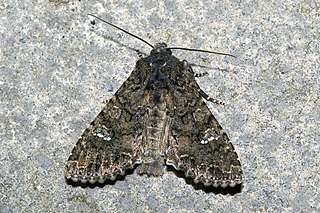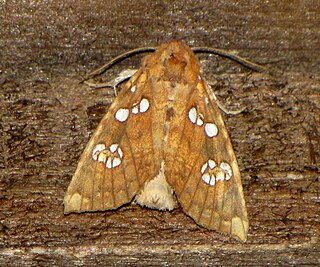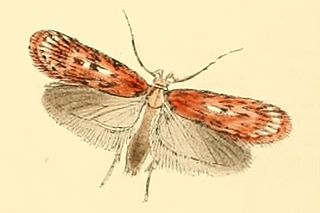
The common sunflower is a species of large annual forb of the genus Helianthus. It is commonly grown as a crop for its edible oily seeds. Apart from cooking oil production, it is also used as livestock forage, as bird food, in some industrial applications, and as an ornamental in domestic gardens. Wild H. annuus is a widely branched annual plant with many flower heads. The domestic sunflower, however, often possesses only a single large inflorescence atop an unbranched stem.

Sunflower County is a county located in the U.S. state of Mississippi. As of the 2020 census, the population was 25,971. Its largest city and county seat is Indianola.

Indianola is a city in and the county seat of Sunflower County, Mississippi, United States, in the Mississippi Delta. The population was 10,683 at the 2010 census.

Walnut trees are any species of tree in the plant genus Juglans, the type genus of the family Juglandaceae, the seeds of which are referred to as walnuts. All species are deciduous trees, 10–40 metres (33–131 ft) tall, with pinnate leaves 200–900 millimetres (7.9–35.4 in), with 5–25 leaflets; the shoots have chambered pith, a character shared with the wingnuts (Pterocarya), but not the hickories (Carya) in the same family.

Helianthus is a genus comprising about 70 species of annual and perennial flowering plants in the daisy family Asteraceae commonly known as sunflowers. Except for three South American species, the species of Helianthus are native to North America and Central America. The best-known species is the common sunflower. This and other species, notably Jerusalem artichoke, are cultivated in temperate regions and some tropical regions, as food crops for humans, cattle, and poultry, and as ornamental plants. The species H. annuus typically grows during the summer and into early fall, with the peak growth season being mid-summer.

Messier 63 or M63, also known as NGC 5055 or the seldom-used Sunflower Galaxy, is a spiral galaxy in the northern constellation of Canes Venatici with approximately 400 billion stars. M63 was first discovered by the French astronomer Pierre Méchain, then later verified by his colleague Charles Messier on June 14, 1779. The galaxy became listed as object 63 in the Messier Catalogue. In the mid-19th century, Anglo-Irish astronomer Lord Rosse identified spiral structures within the galaxy, making this one of the first galaxies in which such structure was identified.

Agrotis segetum, sometimes known as the turnip moth, is a moth of the family Noctuidae. The species was first described by Michael Denis and Ignaz Schiffermüller in 1775. It is a common European species and it is found in Africa and across Eurasia except for the northernmost parts.

The cabbage moth is primarily known as a pest that is responsible for severe crop damage of a wide variety of plant species. The common name, cabbage moth, is a misnomer as the species feeds on many fruits, vegetables, and crops in the genus Brassica. Other notable host plants include tobacco, sunflower, and tomato, making this pest species particularly economically damaging.

Sunflower oil is the non-volatile oil pressed from the seeds of the sunflower. Sunflower oil is commonly used in food as a frying oil, and in cosmetic formulations as an emollient.

Anania coronata, the elderberry pearl, elder pearl or crowned phlyctaenia, is a species of moth of the family Crambidae. It was described by Johann Siegfried Hufnagel in 1767 and is found in the northern parts of the Palearctic realm. It was previously also listed for the Nearctic realm. The species closely resembles Anania stachydalis.

Papaipema is a genus of moths of the family Noctuidae. The genus was erected by John B. Smith in 1899.

Deanolis sublimbalis, the red banded mango caterpillar, is a moth of the family Crambidae. The species was first described by Pieter Cornelius Tobias Snellen in 1899. It is found in India and Indonesia (Sulawesi), Papua New Guinea, Myanmar, Thailand, China, Brunei and the Philippines. In 1990 it was first recorded in Australia in the Torres Strait and in 2001 it was detected on the Australian mainland in the Northern Peninsula Area at the tip of the Cape York Peninsula in Queensland.

Homoeosoma is a genus of moths of the family Pyralidae.
Hellinsia helianthi is a moth of the family Pterophoridae. It is found in North America in California, Colorado, British Columbia and Alberta.

Dioryctria zimmermani, the Zimmerman pine moth, is a moth of the family Pyralidae. It is found from southern Canada and the north-eastern and Great Lakes areas of the United States. There is a disjunct population in eastern Nebraska.

Cochylichroa hospes, the banded sunflower moth, is a moth of the family Tortricidae. It is found from North Carolina to Colorado, Utah, New Mexico and northern Arizona.

Depressaria pulcherrimella is a moth of the family Depressariidae. It is found in most of Europe, except the Balkan Peninsula.

Helianthus petiolaris is a North American plant species in the family Asteraceae, commonly known as the prairie sunflower or lesser sunflower. Naturalist and botanist Thomas Nuttall was the first to describe the prairie sunflower in 1821. The word petiolaris in Latin means, “having a petiole”. The species originated in Western United States, but has since expanded east. The prairie sunflower is sometimes considered a weed.
Cochylichroa arthuri, Arthur’s sunflower moth, is a species of moth of the family Tortricidae. It is found in North America, where it has been recorded from Saskatchewan, Manitoba, North Dakota, Indiana, Minnesota, Montana and Ohio.
Naveen D. Padil is an Indian theatre and film actor who has performed in over a thousand plays mostly in Tulu language. Known widely in the circles of Tulu theatre from his acting performances as a "Master of Comedy and Tragedy", he is called "Kusalda Arase". He is known mainly for his portrayal of comical characters. Padil along with Devadas Kapikad and Aravind Bolar formed a famous trio that appeared in Tulu comedy plays during the 1990s and early 2000s.















